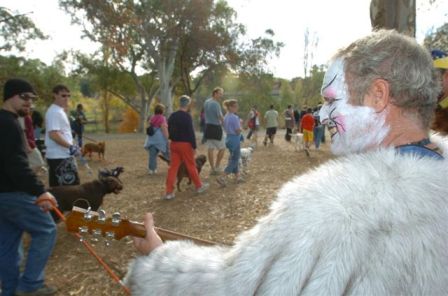Really good interview from Tamara McClintlock Greenberg with Liz Tanner in the huffington post
TMG: In your film Carol Queen describes FSD as the "hysteria of this century." How do you think the medicalization of female orgasm and desire has impacted women today?
LC: Throughout history, medicine has pathologized women's sexuality in order to understand and control it. During the Victorian era, many women with sexual problems were diagnosed as hysterical. In our grandmother's time, women with low desire were said to suffer from frigidity. During the feminist movement of the 1960's and 70's, the pathologizing and medicalizing of woman's sexual experience was challenged and resisted. Terms such as nymphomania, hysteria and frigidity were no longer used. Recently, the clocks have been turned back. The condition of low desire is now called hypoactive sexual desire disorder (HSDD) and there are quite a number of drug companies racing to find a nose spray, pill, cream or patch to cure it. The risk is that many healthy women will falsely think that they are diseased when in fact they are perfectly healthy and normal. By the way, I find it very curious that they're working on a desire drug for women. Would anybody think to develop a desire drug for men?
However, it is important to note that some women do suffer from a real physiological problem when they experience a lowering of their sex drive. Radical hysterectomies and some anti-depressants affect libido. However, the majority of women do not suffer from a disease. For many of us, our libidos are influenced by everyday life experiences such as aging, our sense of body image, the health of our relationship, stress, and past sexual encounters, including a history of sexual abuse.
GO HERE TO READ MORE
Subscribe to:
Post Comments (Atom)





No comments:
Post a Comment